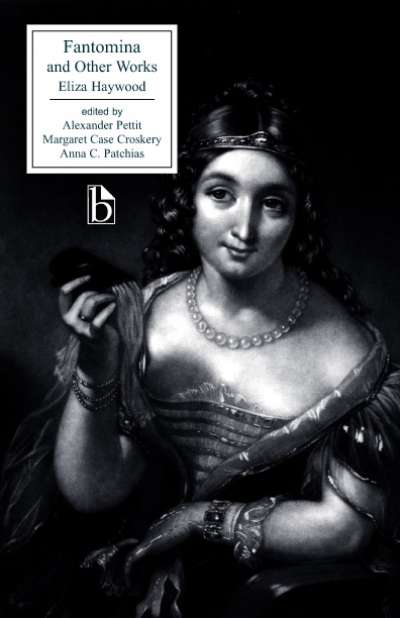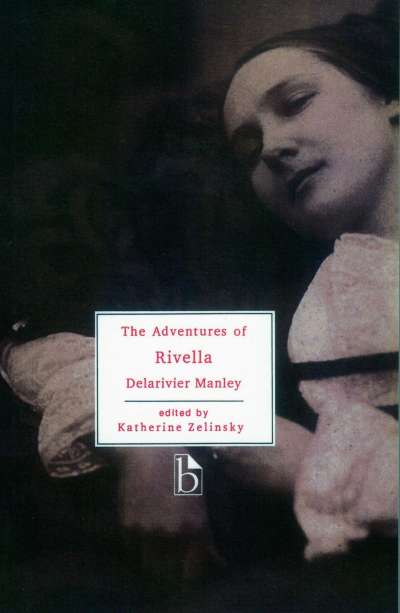In Translation of the Letters of a Hindoo Rajah, Elizabeth Hamilton engages directly with the major issues of her day, from colonialism and the “New Philosophy” to the present state of literature and female education. Satirizing British society and incorporating material from a wide range of the orientalists’ new translations of Indian writing, Hamilton’s book is a key document in the debates which raged in England over the British role in India. It remains one of the most interesting political novels of the 18th century.
Comments
“This edition is an important contribution to scholarship in the long eighteenth century. The text itself richly rewards even a casual reading, providing a broad exploration of Anglo-Indian relations as well as lively portraits of eighteenth-century British life, from debates surrounding the education of women to the constitution of coffee houses and theatres. The explanatory notes in themselves provide an education about India in the eighteenth century and the introduction deftly compresses a massive amount of research on how Britons saw themselves in relation to Empire, and manages, by the way, to raise large questions about domestic class structures, and the role of the ‘Oriental tale’ in establishing British identity.” — Tara Ghoshal Wallace, George Washington University
“By bringing her Hindoo narrator to England, Elizabeth Hamilton offers a telling critique of British gender formation, educational institutions and politics in the 1790s from the perspective of the ‘outsider.’ This fascinating novel, here expertly edited by Pamela Perkins and Shannon Russell, should be read and taught by anyone interested in post-colonial theory and gender studies, the literary representation of British imperialism in India and at home, the jacobin and anti-jacobin debates of the 1790s, the function of religion in women’s writing or the development of the political novel.” — Anne K. Mellor, UCLA













